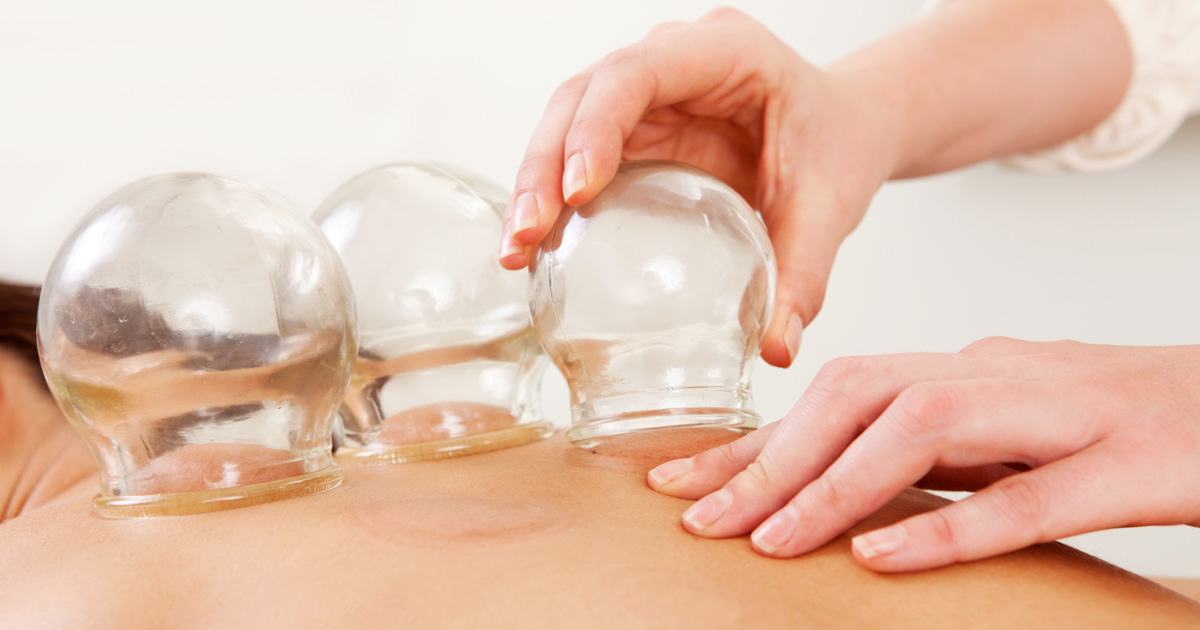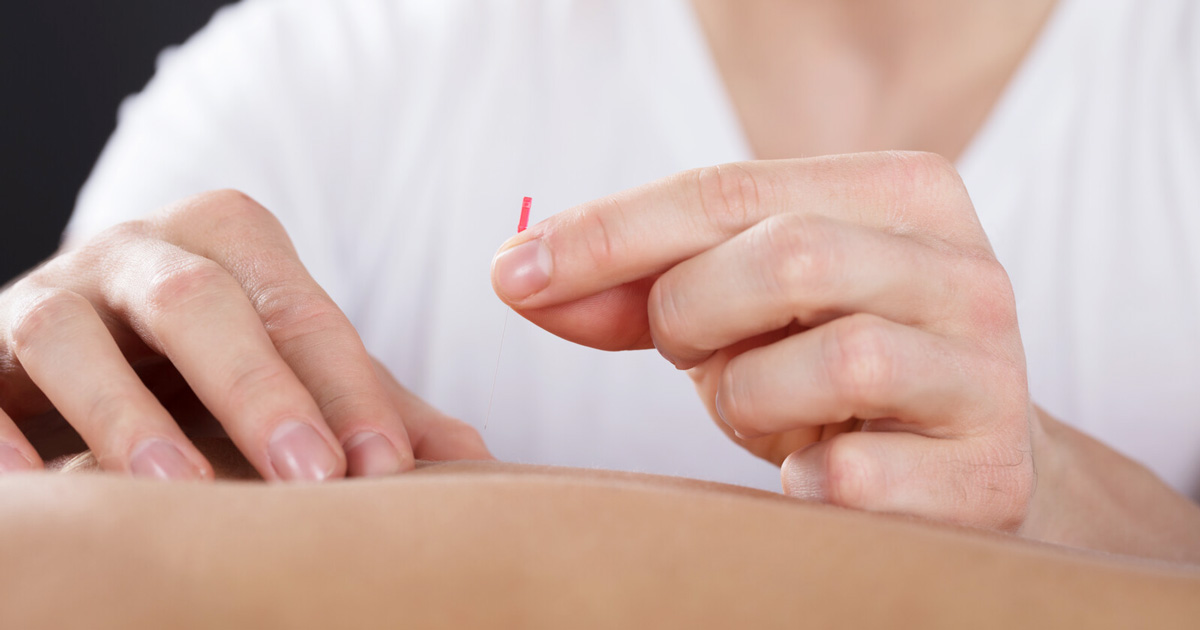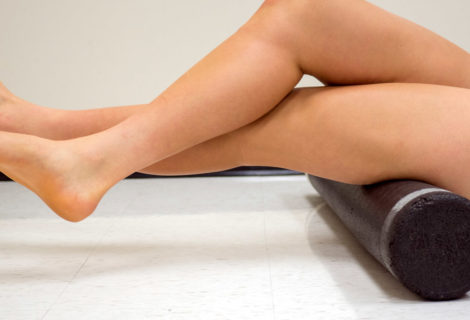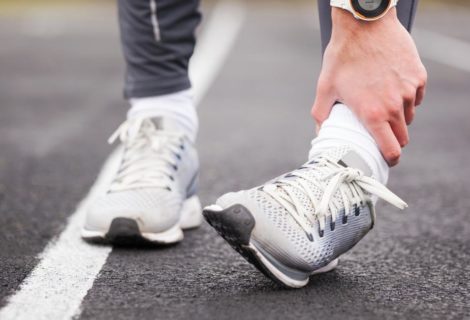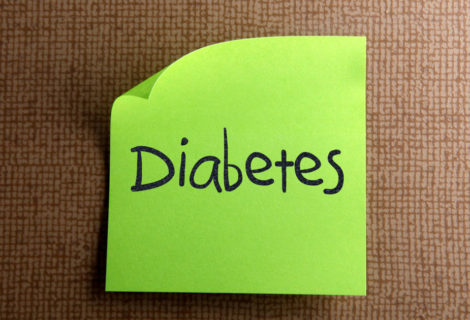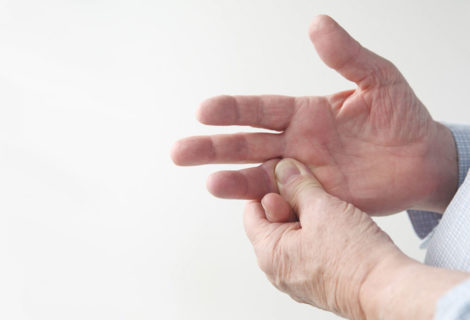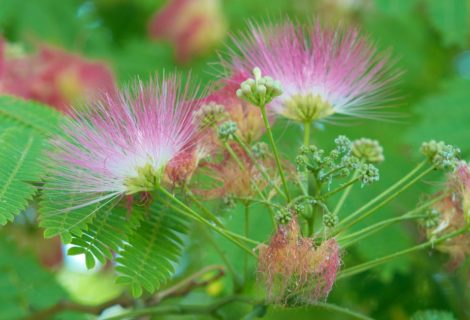Dry Needling and Myofascial Cupping
Dry needling and Myofascial cupping are effective adjunct therapies in the treatment of musculoskeletal complaints.
The application of both Dry needling and Myofascial cupping require further training, and can be useful in complementing manual “hands on” therapy you receive from your Osteopath.
What is Dry Needling?
Dry needling involves thin needles gently inserted into the skin activating underlying myofascial trigger points also known as “knots” for approximately 5 minutes. Trigger points or “knots” can cause tenderness and dysfunction to you as a patient and are commonly formed through an increase in tension throughout a muscle, creating a taut band of muscle and tissue caused by overuse, postural compensation or injury.
How does it work?
Once the needle is inserted into the affected area, they are stimulated to activate the associated muscles and tissues, causing muscle fibres to relax and decrease in tenderness and pain. Dry needling also has the potential to cause additional effects including improving muscle activation, joint movement and reducing inflammation from injuries.
What does it feel like?
On inserting the needle, there is a possibility that there will be a small, minor prick. However, generally there is no pain. Once the needle is in, it is stimulated and can cause some muscle activation causing contracture of the muscle, which can reproduce some of the experienced pain you’ve come into the clinic for. But normally, any discomfort or pain experienced is minor.
What is Myofascial cupping?
Myofascial cupping is a technique in which a glass or plastic cup is applied to the skin with the use of a suction method to draw the affected skin, fascia and connective tissue up into the cup.
What does it do?
Cupping causes blood flow to increase to the area, allowing for potential drainage of unwanted toxins like lactic acid, decreasing tension, stretching of muscle and connective tissue and possible relieving of muscular spasm/aches.
What complaints/ injuries can dry needling and cupping help with?
Dry needling and Myofascial cupping can be used for a wide range of complaints/injuries including neck and back pain, shoulder pain, carpal tunnel, tennis elbow, joint sprains, muscular strains, and general aches and pains experienced.
References
Kim, J. I., Lee, M. S., Lee, D. H., Boddy, K., & Ernst, E. (2011). Cupping for treating pain: a systematic review. Evidence-based complementary and alternative medicine. eCAM, 2011, 467014.
Liu, Lin et al. (2018). Evidence for Dry Needling in the Management of Myofascial Trigger Points Associated With Low Back Pain: A Systematic Review and Meta-Analysis. Archives of Physical Medicine and Rehabilitation, Volume 99 , Issue 1 , 144 – 152.e2
Abbaszadeh-Amirdehi M, Ansari NN, Naghdi S, et al. (2017). Therapeutic effects of dry needling in patients with upper trapezius myofascial trigger points. Acupuncture in Medicine, 35: 85-92.


